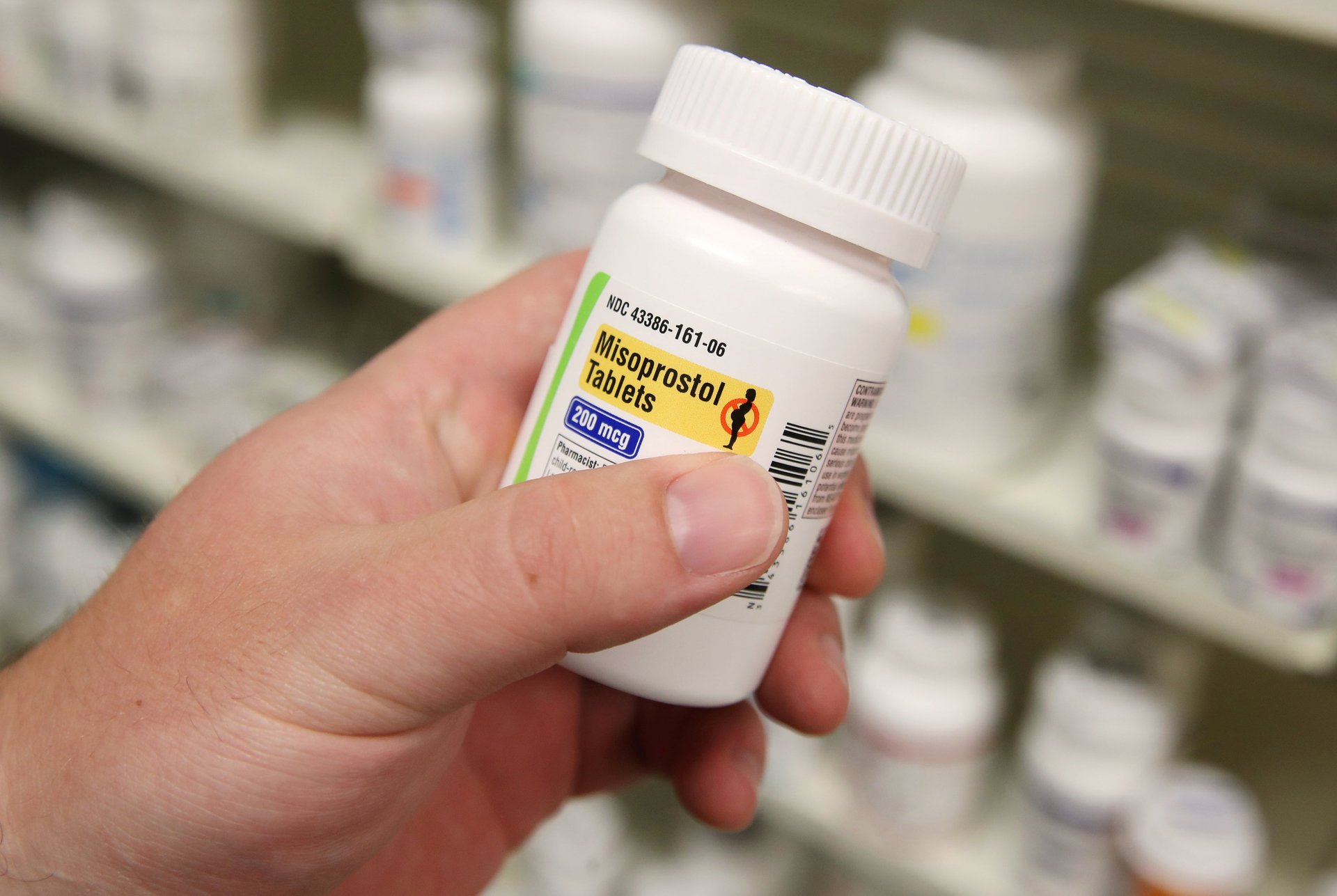What’s a self-managed abortion?
Abortion is no longer a constitutional right in America. The US Supreme Court has announced its reversal of Roe v. Wade, turning abortion into a matter of state legislation, and effectively splitting the country in two.


Abortion is no longer a constitutional right in America. The US Supreme Court has announced its reversal of Roe v. Wade, turning abortion into a matter of state legislation, and effectively splitting the country in two.
Nearly 60% of women of reproductive age—around 40 million—now find themselves in states hostile to abortion. Many have already all but lost access to abortion, and in some states that includes cases of incest or rape.
But banning abortions doesn’t stop women from getting them, and many are already trying to understand whether they can have an abortion at home if their state doesn’t provide access. But there is some confusion about the available options and some of the terminology.
What is a medical abortion?
A medical abortion, or medication abortion, is an abortion that uses medication to end a pregnancy, without any surgical procedure. The most common way to do this is to use a combination of mifepristone, a drug that stops the production of uterine hormones, making the uterus unable to support a pregnancy, and misoprostol, a medication that induces contractions to expel the fetus. However, misoprostol—a generic drug that is sold over-the-counter in certain countries, including Mexico, where it is used as an ulcer medication—can also be taken alone.
Both a combination protocol and a misoprostol-only course of treatment are safe and approved by the World Health Organization (pdf) (WHO) for the specific purpose of abortion.
What is self-managed abortion?
A self-managed abortion is a medical abortion that happens without medical supervision, following the WHO-recommended protocol for pregnancy termination. This is a scenario that typically happens when abortion services aren’t legal, available, or accessible.
This doesn’t mean it’s not safe. Although misoprostol and mifepristone are prescription-only in the US, there is technically no need to take them in the presence of or under the supervision of a healthcare professional. Complications from medical abortion are extremely rare, which is why in some states medical abortion is available via telehealth, and the US Food and Drugs Administration does not require it to be taken in a clinical setting. Barring local regulations, medical supervision of these types of abortions is typically limited to administering the drugs, so women often leave the clinic and effectively have the abortion at home.
Given that misoprostol is a generic drug and can be obtained over the counter in some countries (including through online purchase), misoprostol-only, self-managed abortions are a more common scenario worldwide.
Who can have a self-managed medical abortion?
A self-managed medical abortion can be performed until the 12th week of pregnancy. For a higher chance of success, waiting for the window between the 6th and the 12th weeks is best, particularly if using a misoprostol-only protocol.
Medication abortion can be done even after the 12th week, and is cleared by the WHO (pdf, p. ix) for this purpose, but it involves a higher dosage, longer time to work, and often does require medical intervention to expel the contents of the uterus or complete the procedure.